[Deep Review] ESI Unik 8 Plus Monitor SpeakersESI Unik 08+ Monitor Speakers [Exciting Deep] Review
An experienced engineer will have immediately noticed a glaring omission from the $1500 list noted above --reference monitors. That’s right – I’m talking about studio monitors. Headphones are great for privacy and noise isolation in a bedroom studio or college apartment, but when it comes time to render a good mix, those “Dr. Beats” just ain’t gonna cut it, mate. What you need is a (hopefully) treated room and a pair of good quality, accurate, flat-response reference monitors.
As it happens, yours truly is reviewing a pair of reference monitors that behooves our attention and consideration. ESI has upped their game greater than ever before and now produce a select, but very impressive, range of studio-reference-speakers. Crowning their speaker line is the princely UniK 08 Plus. These 140 watt, bi-amped beauties house a potent kevlar-curved 8” low frequency driver and an exceptionally clear-sounding magnetostactic tweeter. Spolier Alert: Before we even get into the meat of the review, it is my sincere assessment that these powerful, attractive reference monitors contend very well against competitors selling for twice as much. Each “UniK 08 Plus” retails for $399 (USD), essentially costing about $800 a pair. Notwithstanding, the degree of accurate, detailed sonic quality that these speakers provide, for such a modest price, makes them practically a steal!
Weighing approximately 8 KG (17.8 lbs.) apiece, these units aren’t unduly hefty, but neither are they mere featherweights. Once I carefully removed the speakers from their crating, I was immediately impressed with how solid and well-constructed they appeared to be. There wasn’t a rattle or shake to be felt or heard.
As it goes, the UniK 08+ cannot be considered small nor compact. By my standards, the cabinet’s size places it squarely into the middle to light-heavy weight class. This stout box of sonic delight measures 10” (W) by 14” (H) by 12.5” (D). In particular, I consider the cabinet to be a bit deeper than average (front to back). Believe you me; it pays off because the Unik 08+ produces very impressive low end results. I suspect that the cabinet is constructed of a high grade composite material owing to how sturdy and solid it feels. Not that I would ever want to actually do so, but the substantial feel of the cabinet gives one the impression that you could lay it on its side and jump on it; leaving it none the worse for wear. And just before we depart from this section of the review, I'm pleased to report that there is only minimal vibration felt on the outside of the cabinets --even at moderate volume levels. And gee whiz, they sure are good lookin’! Shelf Appeal:
An impressive sounding, ultra-low-mass electromagnetic (ribbon) tweeter is stylishly seated on top; recessed into the cabinet so that it sits most nearly flush with the cabinet’s surface. Pairing up nicely, a beautiful, copper-coloured, kevlar low frequency cone occupies the lower region. It is inset a little deeper than the cabinet's surface; lessening the chances of accidental punctures or tears.
Taking a gander at the cabinet’s rear reveals an equally well-thought design. Along the top there is a rectangular bass-reflex port. I’d like to quickly note that leaving the port open greatly enhances the speaker’s low end, but it can actually be excessive if the cabinet is positioned too closely to a wall. Thankfully, ESI planned ahead for us and has included a baffle plug that can be inserted into the port; reducing unwanted bass resonances and boominess.
A Neutrik® styled combi-jack accepts XLR (Lo-Impedance) or ¼” TRS balanced, or TS unbalanced connections. Here, we also find a quartet of flush-mounted set screws for adjusting Gain, Character, Lows and Highs. I’ll clarify their intended purposes in the following section of this review article.
I speculate that ESI-audio has very successfully crafted a sonic strongbox that is appealing to both trendy modernists and conventional admirers alike.
Performance & Functionality:
The Unik 08+ is a 2-way reference monitor having a discrete, active crossover locked in at 3.2 kHz. ESI’s newly designed crossover network features an excellent phase response and safe power limitation. It is amply powered by a bi-amped, class-A, MOS-FET amplifier that delivers 70 watts (RMS) to each driver, while providing a perfect order low-z and low noise design.
In truth, the UniK 08+ is a super low noise unit. I don't discern any hiss or noise from it at all, unless I crank my audio interface's output almost to the max. Any hiss in that type of instance is not the fault of the MOS-FET amp anyway - that responsibility is squarely on the shoulders of my audio interface. Traditionally, bi-amped configurations deliver more power to LF (Low Frequency) components than to tweeters. Generally, this accepted method of wattage distribution makes perfect sense –after all, everyone knows that low frequencies demand more raw power to produce equal SPL (Sound Pressure Level). As such, it puzzled me why ESI would deviate from the norm. Please indulge my musings; here’s what I suspect . . . Seventy watts (RMS) of crystal clean, class-A, MOS-FET power is a healthy amount to drive into a high output, 8” Kevlar LF driver –perhaps even overly generous. For the record, these fancy copper cones pump out a solid SPL of 105 dB - reaching peaks as high as 108 dB! In other words, said 70 watts are being translated very efficiently into sound. Bear in mind that the cabinet design incorporates a precisely calculated bass-reflex port which also increases the speaker’s LF performance. It’s speculative that the magnetostatic tweeter doesn’t actually require as many dBFS as its muscular LF brother, but that doesn’t mean it can’t handle the load. And let me tell you, brother – it handles the load exceptionally well. Given that the LF driver is extremely efficient - not wasting precious watts - and the tweeter producing a more typical output level, ESI’s choice to distribute equal amounts of power to each component proves to be a laudable decision.
UniK’s rear panel houses an apropos group of amplifier modifiers in the form of tidy, flush-mounted, set screws. Firstly, a precision gain pot can be adjusted to a maximum range of 14 dB --either boosted or cut. A pair of UniK 08+ speakers can wallop your aural senses rather quickly so I suspect that you would seldom need to make positive increments. Albeit, it’s entirely possible that you might need to dial them back; especially if you want to keep your hearing intact, or if you have neighbors to consider.
Alongside gain we have a “Character” potentiometer which facilitates sweeping the overall tonal balance of the speaker from “Smooth” to “Bright”. This one is akin to a tilt EQ control; it is, however, very refined and smooth-sounding. Centered, (where I personally like to keep it) the monitor’s response is flat while keeping the correlation between the two drivers phase-correct and linear as possible.
Next in line are a couple of pots for modifying bass and upper treble frequencies –-100 Hz and 10 kHz respectively. Each EQ control provides ('5') dB of boost or cut. I recommend that you make any adjustments with these judiciously and sparingly. After all, in order for a quality reference monitor to do its job properly, its frequency response must be as flat as possible. Notwithstanding, these “Room Adjustments” can be very beneficial if your studio/mixing setup is in a less-than-ideal production environment.
There yet remains one more bonus feature to highlight - the implementation of a “Standby” switch. With this engaged, the amplifier will automatically drop into a powered-down, sleep mode after five minutes of silence, thereby saving kilowatts. It only takes a few moments of active audio signal to "wake" them back up.
*Alas, be prepared for a modest popping sound when the amplifiers go into standby. It isn't a loud pop, but it is noticeable. The same holds true for when they get woken back up.
Checking All The Angles:
ESI’s UniK series boasts an unassuming, yet immensely helpful feature: height-adjustable rubber feet. The speaker cabinets can be tilted upward or downward, ensuring that an engineer’s point of reference is, well . . . . right on point. Four soft rubber mounts, and accompanying set-bolts, are included with each UniK speaker. Admittedly, I had to look closely to locate the four barely noticeable indentations in the corners of the cabinet’s underside. However, after a bit of inspection, I found the marks and simply used the mini screw driver, bundled with the speaker, to poke holes through surface covering. It was then just a matter of quickly assembling the pieces together and screwing them into place.
It’s also important for me to mention that the soft rubber material prevents slippage – even on the shiniest of hard surfaces. These mounts help to reduce unwanted vibrations as well
Sound Quality:
Solid. Well-balanced. Revealing. Accurate.
On the Low Down: Used strictly as near-field studio reference monitors, be assured that ESI’s UniK 08+ will not disappoint. Be that as it may, these solid cartons of sonorous glee can double-duty very nicely as respectable home stereo units. If pressed, I’d have to submit into evidence that these speakers seem to adapt very well to various listening applications. Let’s be clear! UniK’s are first and foremost studio-grade reference speakers; however, thanks to their “Character” and “Room Adjustment” amp controls, they sound good in a pleasure-listening scenario too. Regarding sound quality and sonic properties, my positive commentary far outweighs my neutralizing remarks. First, here are my notes of affirmation. UniK 08’s Kevlar LF driver delivers deep, solid low end. ESI’s spec sheet claims that the cone can dip down as low as 37 Hz, but I suggest that sine-wave testing indicates it might very well be closer to 32 Hz. Not only is the low frequency range deep, but the bottom end is solid, tight and very well controlled. There’s no bass-flabbing around these parts, y’all. Moving up towards the upper bass / lower mids, these orange-y orbs of wonder are stellar at intimately revealing congestion and muddiness in the lower midrange spectrum –as any pro-quality studio monitor should do. Continuing up the frequency pole, mids in the crucial 1200 Hz – 2000 Hz region come out well-balanced and flat – exactly as an audio engineer requires. By the time we reach the upper mid range, 2500 Hz to 3500 Hz, the 8” driver begins to lag behind, ever-so-slightly. Don’t take this to mean that there’s a sore gap in its performance, but it is the one, and only one, area of UniK 08’s (plus) scope of performance that hints it isn’t a $3500 set of 3-way PSI Mastering monitors we’re inspecting. Due to the Kevlar cone’s rigid construction and finely-tuned piston action, the UniK 08+ produces stable, full-bodied low end while positioned close to the listener, or from 12 ft away.
On The Up and Up:
“Holy magnetostatic tweeters, Batman!” The nifty-looking, sweet sounding HF driver in this box is one of the very BEST tweeters that I have ever heard. In a near field setting, it doesn’t radiate out along a tremendously wide radius, but neither is it narrow and strictly unforgiving. Moving back, and maintaining a listening distance of seven or eight feet, really allows these soaring gyrators to show off their full potential. In other words, they sound spectacular angled correctly at a distance of one meter away, or from three meters away. I’ve put approximately 50 hours of light to moderate volume through my set of UniK 08s; they sounded really good when I first powered them on, but they sound great now. The break-in period has really helped these gems to shine! The highs are smooth and silky, effortlessly extending all the way up to 24 kHz. I consider these tweeters to be even-tempered throughout their entire spectrum. Although they aren’t harsh or “ice-picky” around the 4 - 5 kHz range, they are very adept at revealing tonal imbalances in that commonly problematic area. Proceeding to upper frequency space, ie: 6000 to 8500 Hz - female vocals, strings, drum overheads and pianos all shine through marvelously. Not coloured, just honestly exposed. Keeping into higher frequency and “Air” territory is where these fancy-schmancy, magnetostatic thinga-ma-bobs really dominate unashamedly. Sheesh! I dare you to crank a 16 kHz sine wave through one of these at ¾ power; you’d be replacing neighborhood windows for a city block! Seriously though, the crystalline sonic clarity experienced with ESI’s new HF driver is more than a little bit impressive – it’s downright game-changing. There, I said it; "Game-changing". I had no choice but to resort to using an abused cliché! I hope you’re proud of yourselves, ESI-Audiotechnik . . .
Stereo Imaging and Accuracy:
I've been enjoying "spot on" stereo imaging, and excellent sound stage depth, from my pair of UniK 08+ monitors. Having experienced for myself what it's like to rely on headphones and inappropriate consumer-grade speakers in times past, let me assure you that ESI's oblation is a potent addition to any home studio or production facility. No offense to companies such as Berighnger or M-Audio, but their similarly-priced offerings can't even begin to compete with the UniK series. The UniK 08+ speaker system is not as narrow and strict in its demands for absolutely precise positioning as some studio monitors are. Be that as it may, it is very important to angle and tilt them (if necessary) correctly for your specific setup. As with most nearly any near-field reference monitor, a typical triangular abaxial is crucial to enjoying these speakers at their optimal efficacy. I have my set of UniK's situated approximately 1.2 meters away from me, pointed in at a 30 degree angle, and tilted up on the front by almost one inch. The cabinets are no more than a foot away from a back wall so it was fitting for me to insert the dense, foam rubber port plugs into the rear bass-reflex slots. In my personal recording/production space, this configuration yielded the most reliable and accurate results. It is my firm conviction that you won't experience better quality studio monitors, until you're willing/able to dole out $2500 (or more) for a pair of Genelecs or similar. Concluding Remarks:
The first ESI product that I reviewed for you was the stunning U168-XT USB 2.0 ** audio interface. Now, I’ve had the distinct pleasure to bench-test a pair of the equally impressive UniK 08+ speakers. I did not take it easy on these units during the review process. I’ve tested them at audio levels ranging from barely audible to wife-maddening cannonade!
I’ve fastidiously listened to a broad range of audio material through these; everything from piano sample libraries, rock, jazz, blues, metal and twangy-country electric guitars, male and female vocals in various musical genres, full rock mixes, full country mixes, full Gospel mixes, and yes, even some thumping EDM. It is my honest-to-God opinion that one would have to spend three times as much to out match these speakers. Heck, I’ve even played a couple of missions’ worth of “Call of Duty 2” with these babies jacked up sky high --I’ve never heard better sounding artillery barrages. *Grin. UniK 08’s (plus) are well-built and solid. They look gorgeous, and would suit most studio aesthetics. More importantly, they sound spectacular. Really! For only $519 apiece, (Canadian dollars) $399 usd, I honestly don’t think they can be bested. They far outrank their pay grade. I feel the same way about ESI’s “XT” series of USB 2.0 audio interfaces; the dollar-to-quality ratio is ridiculously in the consumer’s favour. >> Click here to read my detailed review of the ESI U168 XT audio interface <<
Stay In The Loop - Subscribe Today!Brother Charles is a freelance writer, Gospel music artist and minister. Charles had been a professional touring musician during the nineties; working primarily as a lead guitarist in the Canadian country music industry. Brother Charles is also involved with music production and quality home recording.
4 Comments
Luqque
6/30/2018 11:11:29 am
Hi and thank you for this detailed review! I google it many hours about this speakers and can't find more then a youtube video and this review, so thank you very much! I want to buy this speakers for a home-studio scenario so i have two question for you if i'll be kind to answear. 1 - My distance from speakers and wall is kinda 10 or 20 cm; do u recommend putting those dampeners on the rear-port? 2 - Do you think a 100-200 Euro audio-interface on USB will work great with these speakers or should i aim for a higher price? Thank you in advance, best regards!
Reply
Brother Charles
6/30/2018 02:26:12 pm
Hi Luqque! Thanks for taking the time to check out the review. By the way, have you also read my review of ESI's U168XT audio interface? The intermediately-sized U86-XT is the same high quality chipset and collection of features, but with half the number of inputs/outputs. However, It still provides of total of 8 in, 8 out, but only has one headphone output and two XLR inputs.
Reply
Luqque
6/30/2018 03:32:37 pm
Oh ..thank you very much for such an fast response. I will consider and thinking about your sugestions ..i think the U86 XT will work great with these speakers but is kinda more money than i was thinking. I don t know what to do about audio interface but these speakers will definitelly be on my desk. Thank you again and i ll wish u the best!! 9/23/2022 08:54:41 am
I was thinking of buying it and didn't find any decent enough review up until now. All in all, though, this review has convinced me to go for it.
Reply
Your comment will be posted after it is approved.
Leave a Reply. |
NO SPAM! IK Multimedia Group Buy
FX Pick & Mix Group Buy - up to 16 for the price of 1
Will You Help?Web hosting is getting more and more expensive all the time, and Reviewer's Revival is NOT funded nor supported by any commercial enterprise or business. A donation of any amount is greatly appreciated. Even $2 or $3 for a coffee - every little bit helps. Thanks very much.
Legal BlurbAll of the articles published on Reviewer's Revival are undertaken to be purely objective, impartial reviews. Reviewer's Revival is not owned, funded-by, nor hired by any company or individual. Reviewer's Revival is the sole property of, and solely under the discretion and direction of Brother Charles. |

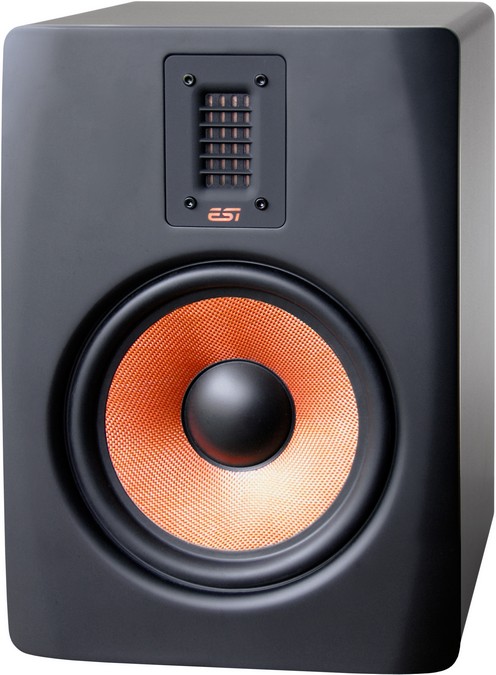
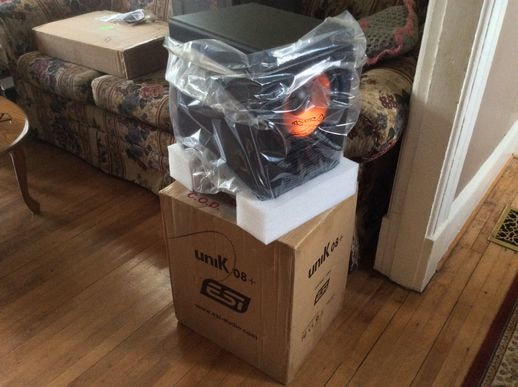
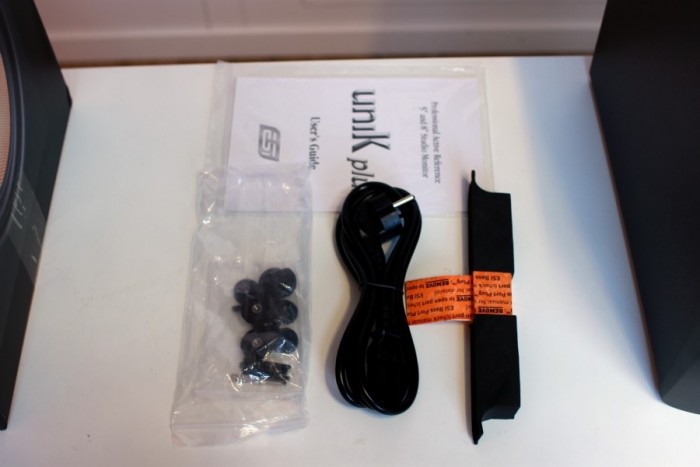
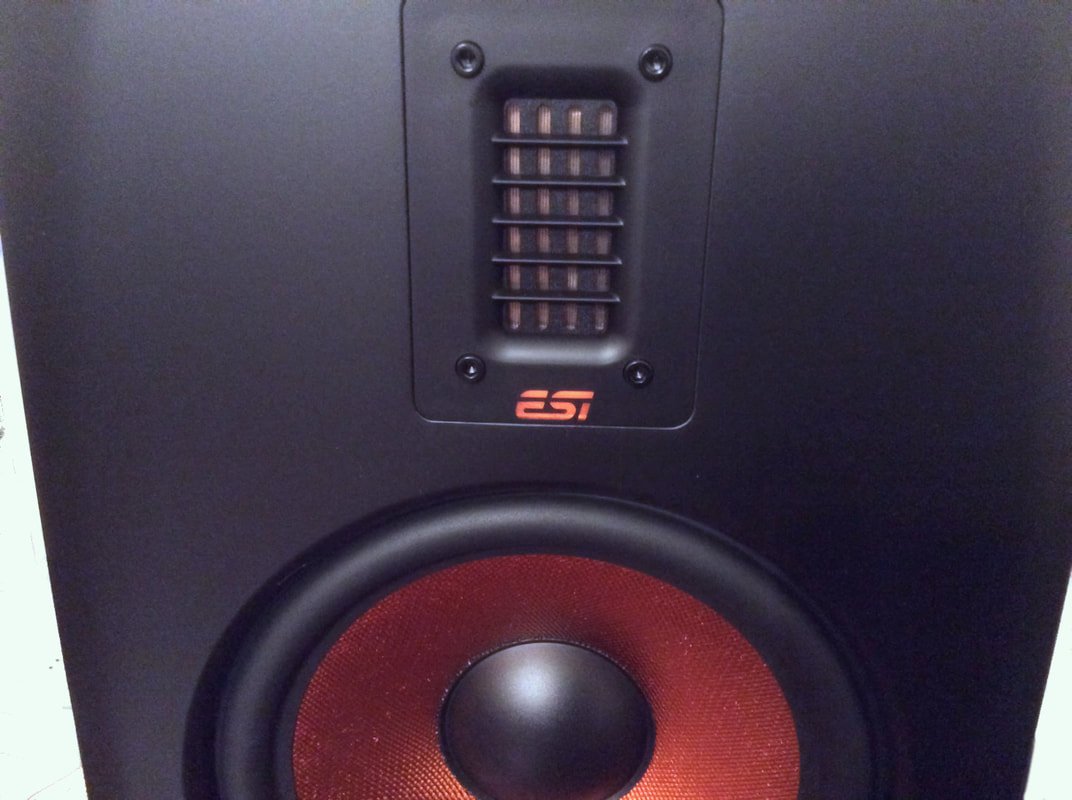
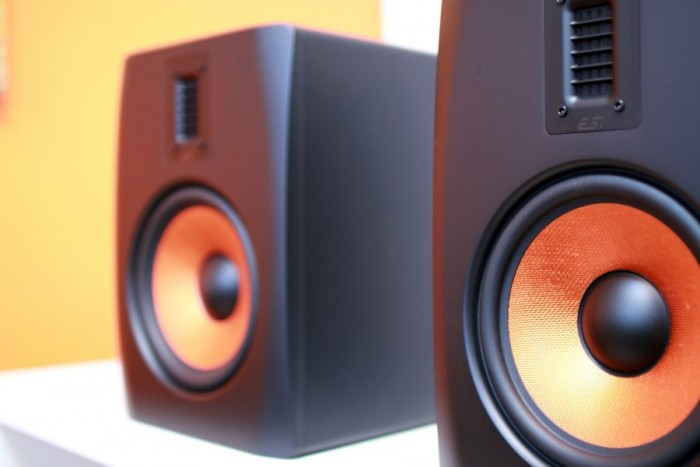

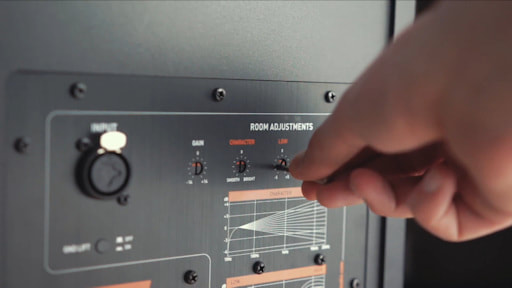

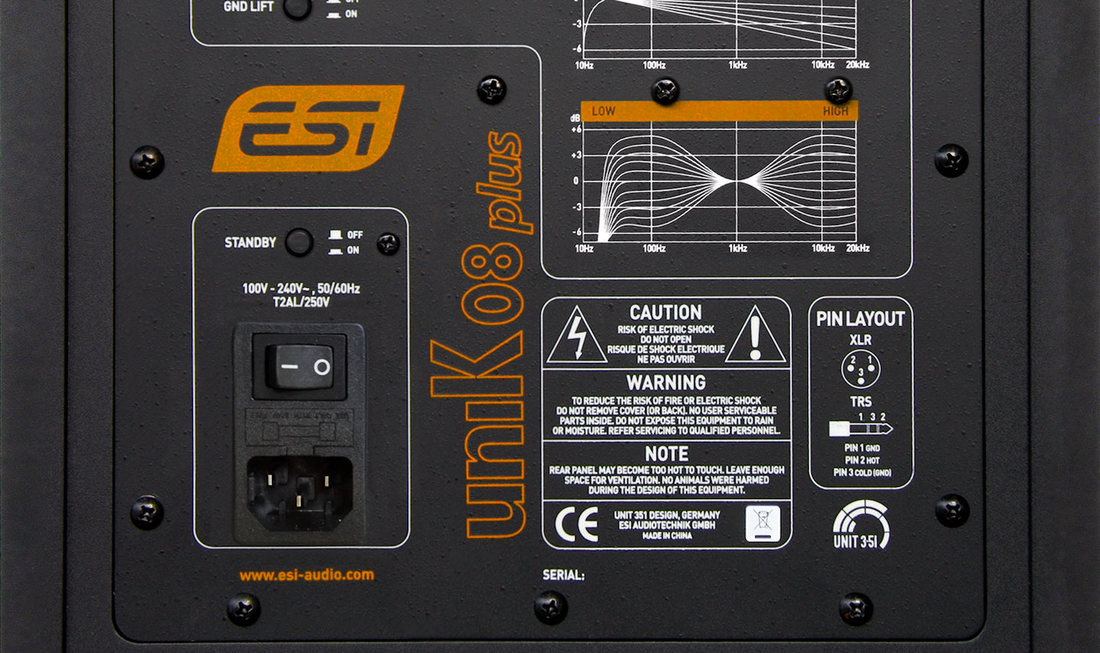

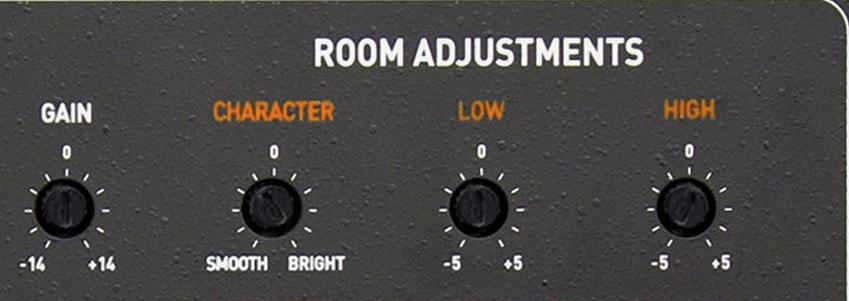
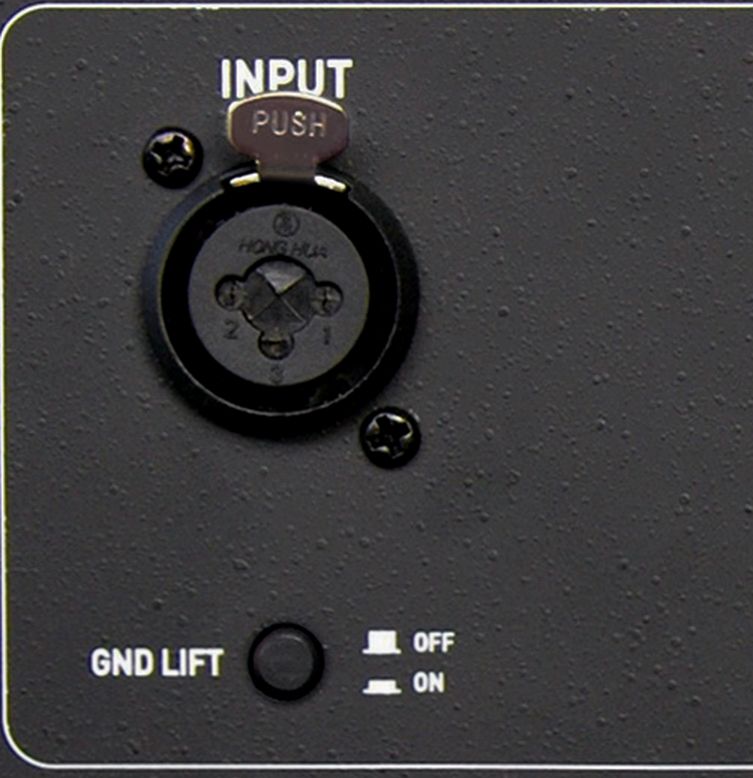

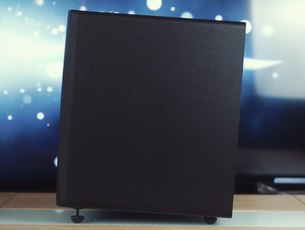
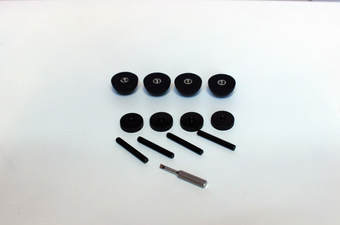






 15% OFF Summer Sale!
15% OFF Summer Sale!
 RSS Feed
RSS Feed

